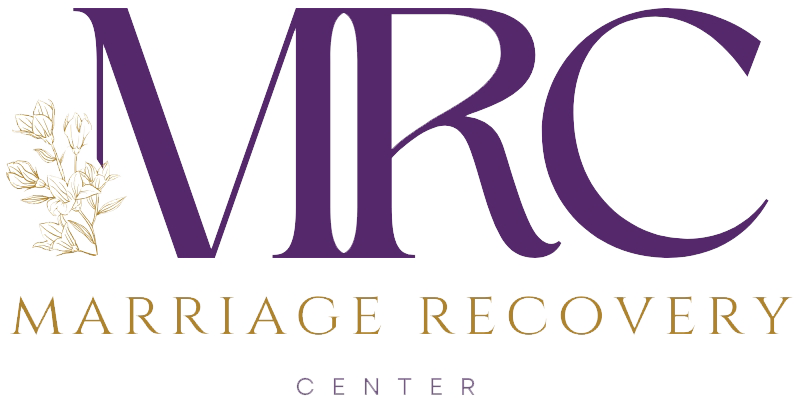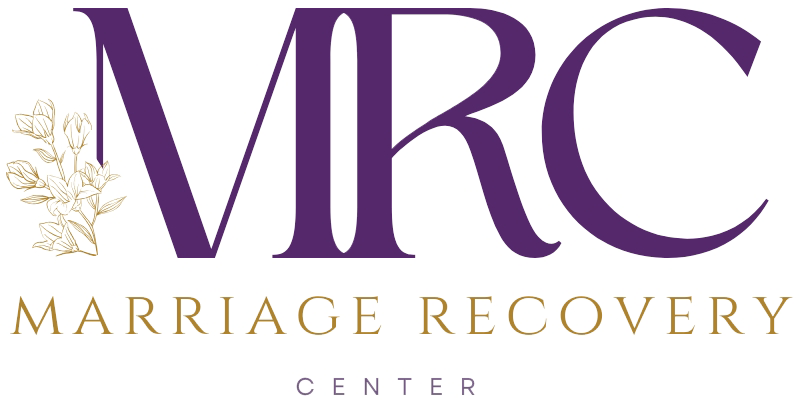Conflict is inevitable in any relationship. How we handle conflict, however, can make or break the connection we have with others. For some, particularly those dealing with narcissistic or emotionally abusive individuals, conflict often follows a predictable yet harmful pattern. In the words of Dr. David Hawkins, director of the Marriage Recovery Center and the Emotional Abuse Institute, these patterns often boil down to three responses: shutting up, blowing up, and the much-needed, often elusive, showing up.
Understanding these behaviors and their impact on relationships is crucial to fostering healthier interactions. In this article, we’ll explore these three conflict responses in depth and discuss how to move from destructive patterns to constructive engagement.
The “Shut Up” Response: Silent Sabotage
The first way some people handle conflict is by shutting up. This response may seem passive or non-confrontational on the surface, but it’s often a deeply toxic behavior, especially in emotionally abusive relationships. Dr. Hawkins describes this as the “shut up” response, where individuals withdraw, stonewall, or emotionally shut down.
What Does “Shutting Up” Look Like?
When someone “shuts up,” they retreat into themselves. They might stop communicating, refuse to express their feelings, or give their partner the silent treatment. This isn’t about maintaining peace; it’s a form of silent sabotage. Instead of addressing the issues at hand, they suppress their emotions, leading to a buildup of resentment and frustration.
In narcissistic individuals, this behavior is particularly insidious. Dr. Hawkins points out that narcissists, despite appearing assertive, are often emotionally immature. Their silence isn’t a sign of calm or restraint; it’s a tactic to avoid vulnerability or accountability. They act like “little boys” who pout and sulk, using their silence as a weapon to control or punish their partner.
The Impact of “Shutting Up”
This passive-aggressive behavior can be incredibly damaging to relationships. It creates a wall between partners, making it impossible to resolve conflicts or grow closer. The person on the receiving end of this silence often feels ignored, invalidated, and abandoned. Over time, this can erode trust and intimacy, leaving the relationship in a state of perpetual tension.
To break this cycle, it’s essential to recognize the signs of stonewalling and address them head-on. Communication is the cornerstone of any healthy relationship, and it requires both partners to be willing to open up and engage, even when it’s uncomfortable.
The “Blow Up” Response: Emotional Eruptions
On the opposite end of the spectrum is the “blow up” response. This occurs when someone reacts to conflict with explosive anger or outbursts. They may shout, criticize, or become verbally aggressive, unleashing a torrent of emotions without considering the impact on others.
What Does “Blowing Up” Look Like?
Blowing up is characterized by a lack of emotional control. The person may not take the time to understand their feelings or the situation at hand; instead, they react impulsively. Narcissists, as Dr. Hawkins notes, are particularly prone to this behavior. They may appear assertive, but in reality, they lack the emotional intelligence to handle conflict constructively.
When someone blows up, they don’t consider the feelings or perspectives of others. They dominate the conversation, leaving no room for dialogue or resolution. This kind of emotional eruption can be frightening and overwhelming for those on the receiving end, leading to a toxic environment where conflict is not only unresolved but escalates further.
The Impact of “Blowing Up”
The blow-up response is destructive. It creates an atmosphere of fear and anxiety, where the other person may feel like they’re constantly walking on eggshells, trying to avoid triggering another outburst. Over time, this behavior can severely damage the relationship, leading to a breakdown in communication and mutual respect.
To counteract this, it’s crucial to develop emotional regulation skills. This involves taking a step back, understanding what you’re feeling, and finding healthier ways to express those emotions. It’s about learning to communicate assertively—expressing your needs and feelings without overpowering or hurting the other person.
The “Show Up” Response: The Path to Healthy Conflict Resolution
The third, and healthiest, way to handle conflict is to show up. This response is about being fully present and engaged in the conversation, with a balanced approach to both your own emotions and those of others. It’s the key to resolving conflict in a way that strengthens relationships rather than tearing them apart.
What Does “Showing Up” Look Like?
To “show up” means to be emotionally available and present during conflict. It involves understanding your own feelings, thoughts, and desires, and being able to communicate them in a way that is respectful and constructive. But it’s not just about you; showing up also means being attuned to the other person’s feelings and needs, creating a space where both parties can be heard and understood.
Dr. Hawkins emphasizes that showing up requires emotional balance. It’s about responding rather than reacting—taking the time to process your emotions before engaging in the conversation. This balanced approach prevents the extremes of shutting up or blowing up, allowing for a more thoughtful and empathetic interaction.
The Impact of “Showing Up”
When both partners show up in a conflict, the results can be transformative. Instead of avoiding the issue or escalating it, they work together to find a resolution that respects both parties’ feelings and needs. This kind of engagement fosters trust, intimacy, and mutual respect, laying the groundwork for a healthier, more resilient relationship.
Showing up also encourages personal growth. It requires self-awareness, emotional intelligence, and the willingness to be vulnerable. By showing up, you not only improve your relationship but also develop the skills needed to handle conflict in all areas of life.
Moving from Shutting Up and Blowing Up to Showing Up
Transitioning from unhealthy conflict responses to showing up is not easy, especially for those who have developed patterns of shutting up or blowing up over time. It requires conscious effort, self-reflection, and often, external support, such as therapy or counseling.
Strategies for Showing Up
- Practice Self-Awareness: The first step in showing up is to become aware of your own emotions. Take time to reflect on what you’re feeling and why before engaging in conflict. This helps you respond thoughtfully rather than react impulsively.
- Develop Emotional Regulation: Learn to manage your emotions in a healthy way. This might involve techniques like deep breathing, mindfulness, or journaling to process your feelings before discussing them with your partner.
- Improve Communication Skills: Showing up requires clear and respectful communication. Practice expressing your needs and feelings without blaming or attacking the other person. Also, make an effort to listen actively and empathize with their perspective.
- Seek Support: If you find it challenging to break out of the shut-up or blow-up patterns, consider seeking support from a therapist or counselor. They can provide tools and guidance to help you develop healthier conflict resolution skills.
Conclusion: The Importance of Showing Up in Conflict
Handling conflict is one of the most challenging aspects of any relationship. For those dealing with narcissistic or emotionally abusive individuals, it can feel like an endless cycle of shutting up or blowing up, with little hope for resolution. However, by understanding these patterns and striving to show up, it’s possible to break free from destructive behaviors and foster healthier, more fulfilling relationships.
Showing up requires courage, self-awareness, and a commitment to growth, but the rewards are well worth the effort. By showing up, you not only improve your relationships but also enhance your own emotional well-being, paving the way for a more balanced and harmonious life.
To learn how we can help, reach out to us at (206) 219-0145 or info@marriagerecoverycenter.com to speak with a Client Care Specialist
Also read: What Drives Narcissistic Behaviors?
About Dr. Hawkins:
The internet is inundated with hyperbole and misinformation about narcissism, leaving many people confused and hopeless. Get the facts on narcissism and emotional abuse from someone who has been researching, writing about and treating narcissism and emotional abuse for over a decade.
Dr. Hawkins is a best-selling author and clinical psychologist with over three decades of experience helping people break unhealthy patterns and build healthier relationships.
He is the founder and director of the Marriage Recovery Center and the Emotional Abuse Institute which offers education, training and counseling for people who want to break free of, and heal from, emotional abuse. Whether the perpetrator of the abuse is your spouse, partner, parent, boss, friend or family member, we offer practical advice for anyone trapped in a toxic, destructive relationship.
In addition to narcissism & emotional abuse, you’ll learn about the lesser known forms of abuse, including covert abuse, reactive abuse, spiritual abuse, secondary abuse, relationship trauma and much more.








